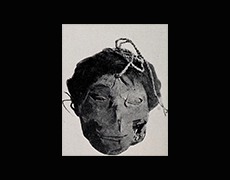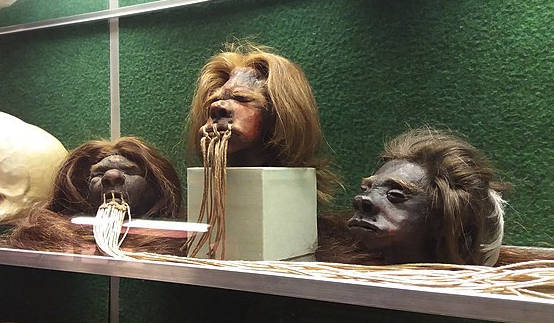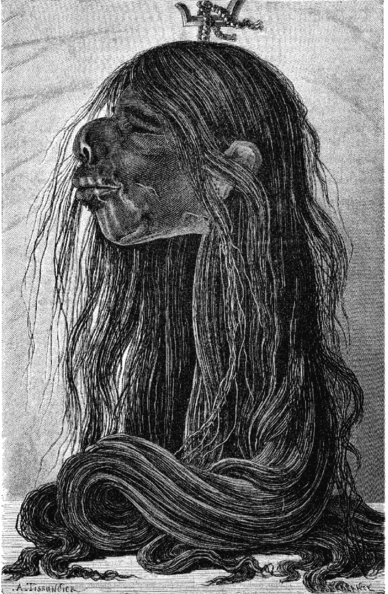
Shrunken heads, also known as tsantsas, are human heads that have been shrunken as a trophies and were used as a form of currency among the Jivaro tribe in Ecuador and Peru. The heads were made by removing the skin and muscle from the skull and then shrinking it using hot rocks and ashes.
The practice of making shrunken heads was at its peak in the late 19th and early 20th centuries. However, the Jivaro tribe was not the only culture to make shrunken heads – other tribes in New Guinea and the Solomon Islands also practiced this art.

The Process of Shrunken Head Making
The heads are made from the skin of enemy warriors and are believed to contain the power of the deceased.
The process of making a shrunken head is both labor-intensive and time-consuming. First, the skin is removed from the head of the deceased and the flesh is scraped away. The skin is then sewn shut, with only a small opening left for the mouth. The head is then boiled in a mixture of herbs and water.
After boiling, the head is removed from the water and stuffed with hot rocks. The lips are sewn shut and the head is placed in the sun to dry. Once dry, the head is smoked over a fire to further shrink and preserve it.

The Meaning Behind Shrunken Heads
Shrunken heads have a long and storied history, dating back to ancient times. These fearsome trophies were once used by tribes as a way to ward off evil spirits and protect the tribe from harm.
In more recent times, shrunken heads have become a popular curio, with many people believing they have mystical powers.
Shrunken heads are often seen as symbols of dark magic and evil.
However, they can also be seen as a reminder of our own mortality. No matter how powerful we may be, death is always lurking around the corner.

